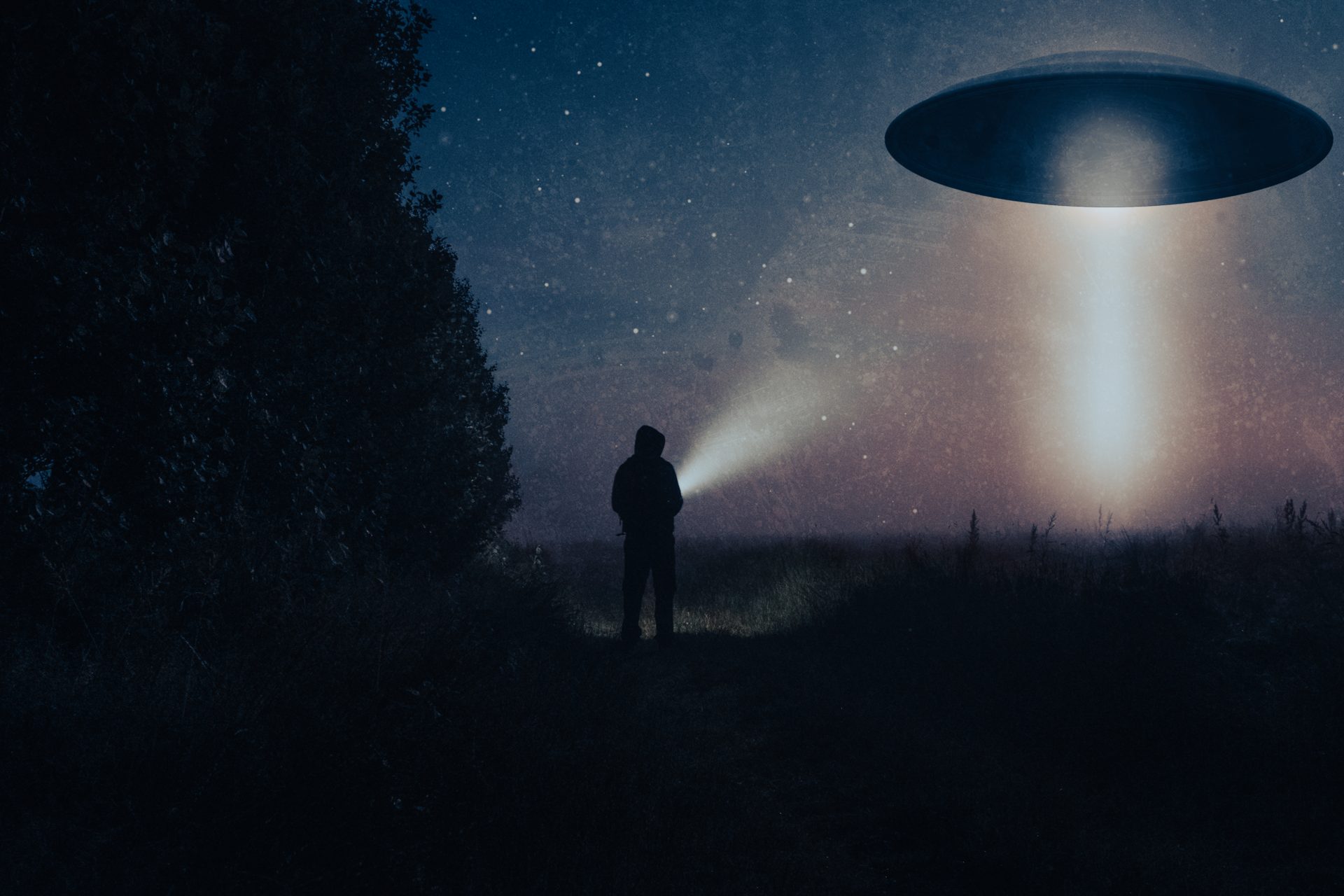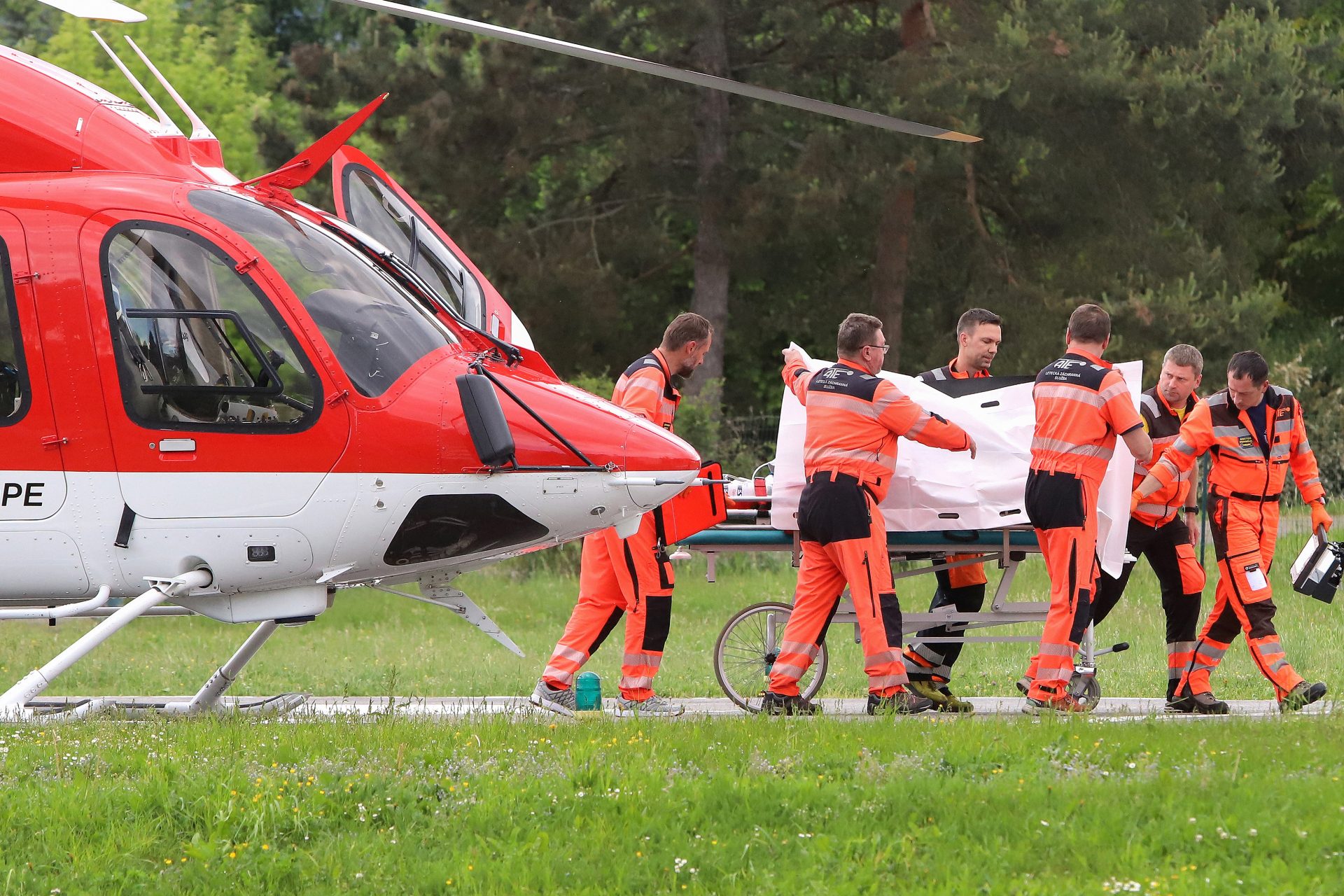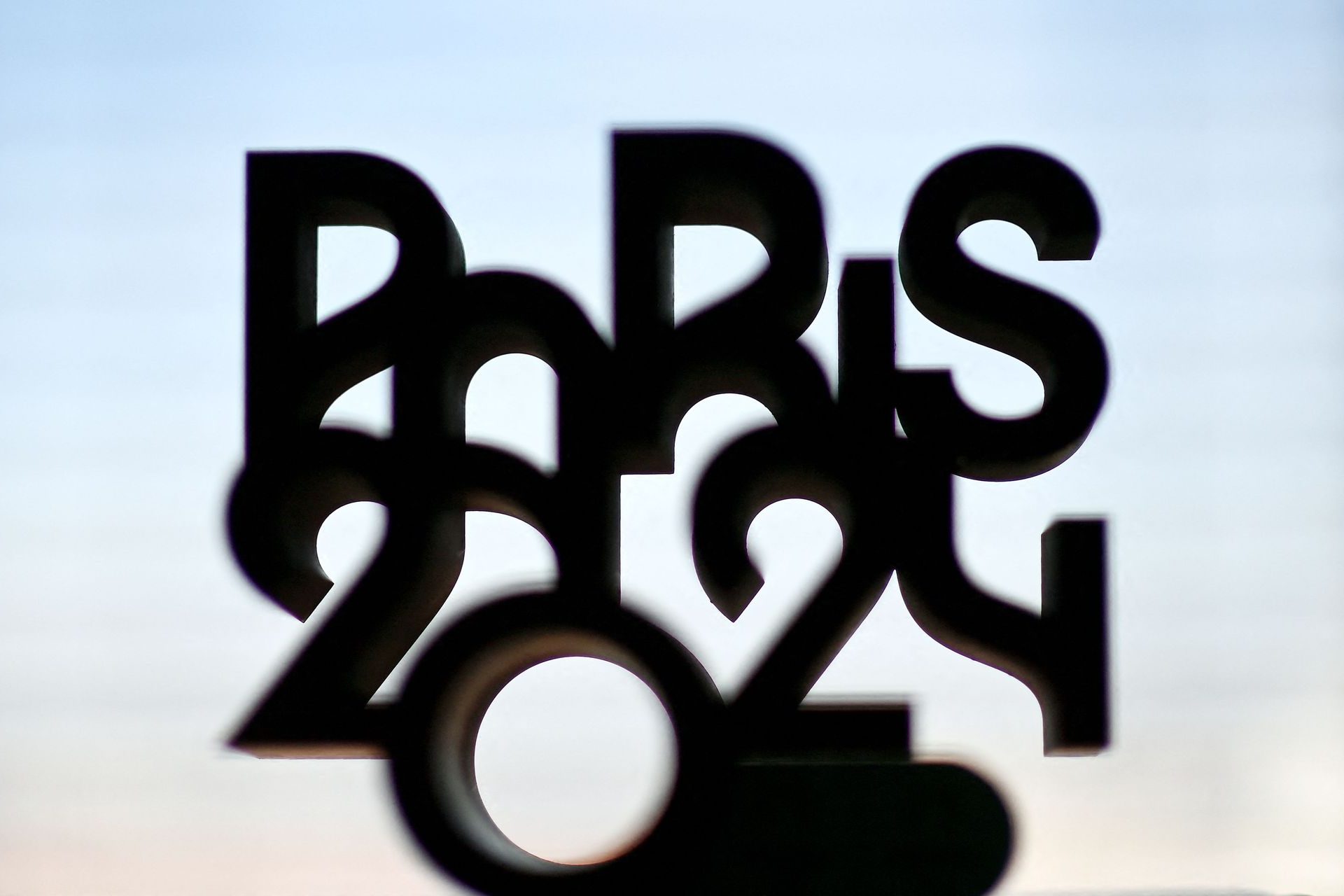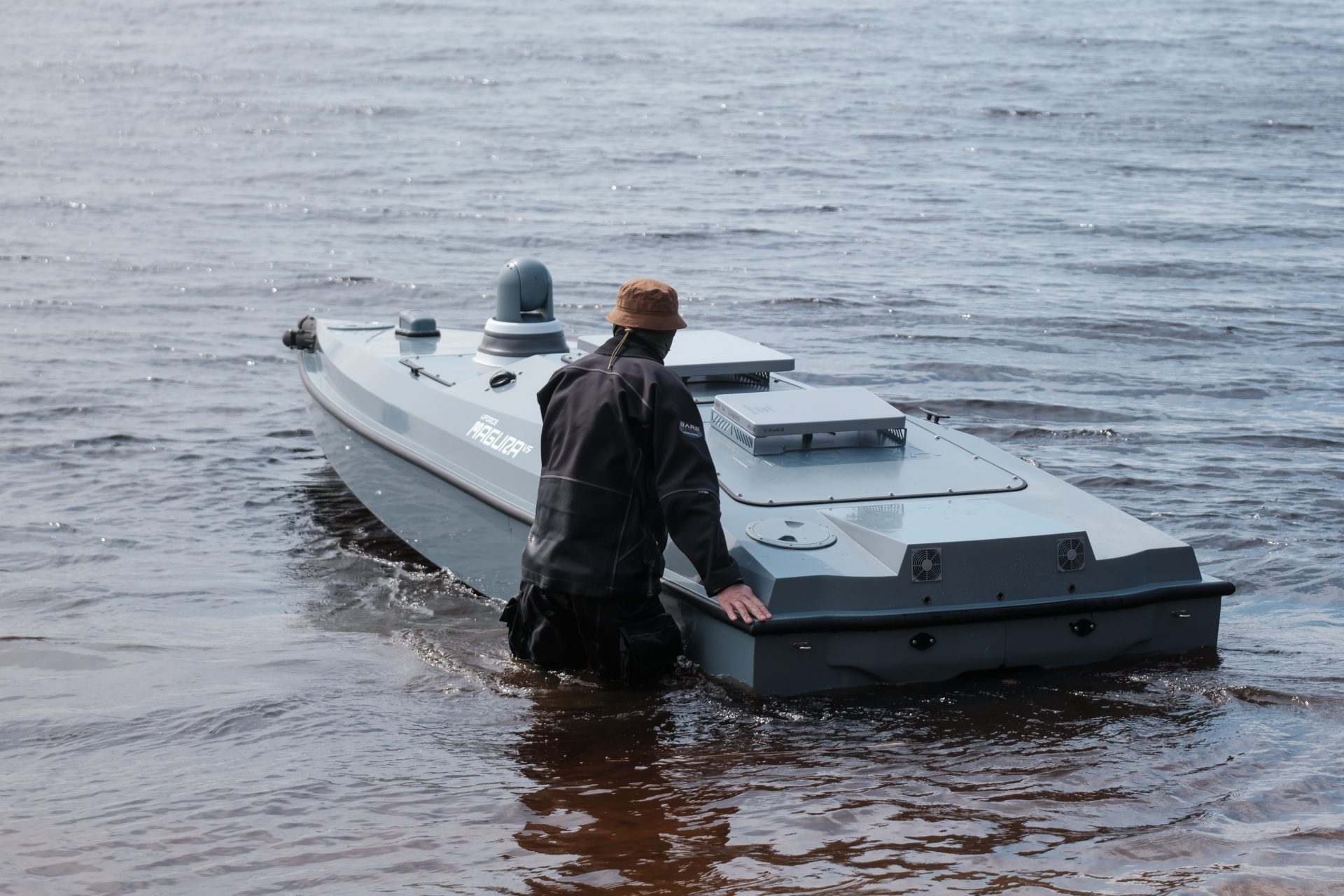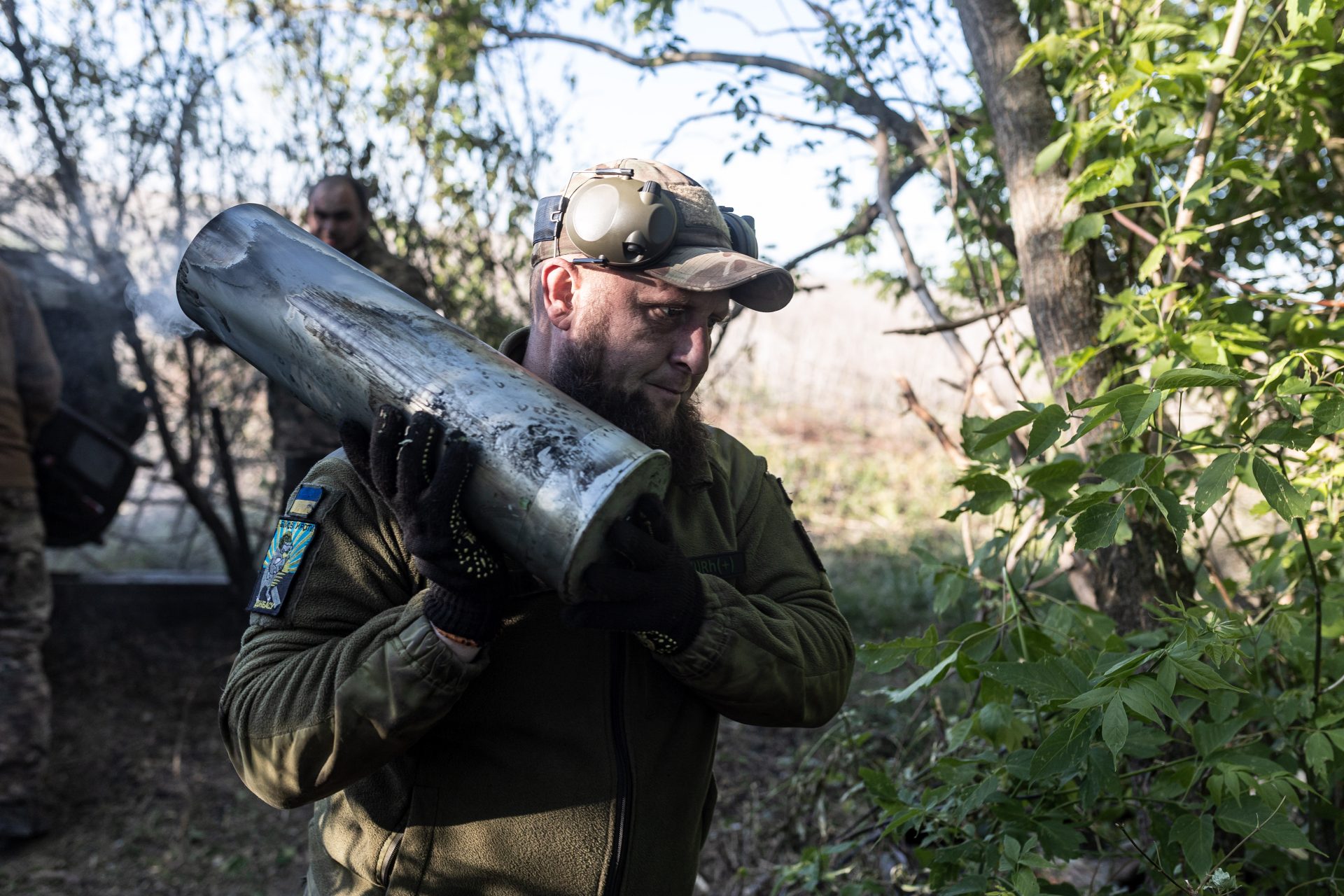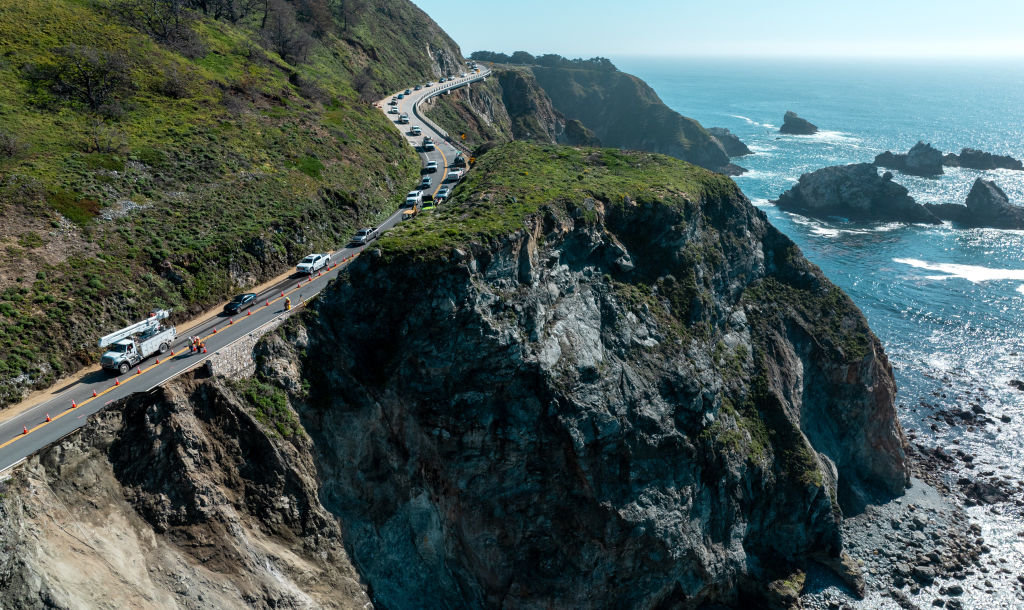Volunteers wanted to begin the colonisation of Mars
NASA has launched a project aimed at the human colonisation of Mars. The idea is to send astronauts to the Martian surface and live there. Women and men are now being chosen for such a mission. But what are the requirements, and what will their training be like?
Photo: Brian McCowan / Unsplash
Four people in total will be chosen. The application makes it clear that there will first be an extreme experiment to be carried out on Earth as a prologue to a future mission. It will be a long 'trial' for those who dream of a trip to Mars: a year isolated together in a 158 square metre space with no windows.
Photo: NASA / Unsplash
During that year, the four chosen ones will only eat "space food". Each will have their own room, whilst there are also two bathrooms and a communal living area. Of course, zero gravity will be a large part of the experiment.
Photo: Brian McGowan / Unsplash
The aim is to gauge the effects on humans of the living conditions that they will be subjected to on the long journey through space, followed by a future stay on a planet with hostile conditions. NASA admits that the experiment will determine the physical capacity needed to make the trip but, above all, the mental effects of such an isolating journey.
Photo: Bradley Dunn / Unsplash
Mars Dune Alpha: the name of the place where the four chosen people will spend their year of training. Built at NASA's Johnson Space Center in Houston.
Photo: Chris Boyer / Unsplash
To be eligible for this first trial of the Martian adventure, there are strict conditions set by NASA: you must be between 30 and 55 years old, in good physical condition, fluent in English, have a master's degree in a scientific field (engineering, mathematics, etc.) and be a non-smoker. For the time being, only Americans or residents of the United States can apply.
Photo: NASA / Unsplash
Another requirement these four applicants will have to meet is the equivalent of 1,000 flight hours as a pilot.
Photo: Patrick Tomasso / Unsplash
NASA has already succeeded in landing the Perseverance robot on the surface of Mars in order to collect samples. It is the first step towards a far away destination that scientists hope to reach at some point in the first half of the 21st century.
Photo: Christian Lischka Sj / Unsplash
NASA does not have such a detailed plan as the Chinese government has. They have announced a project to send the first manned mission to Mars in 2033. The date chosen has to do with a well-thought out calculation: around 2035 the Earth and Mars will be closer due to their natural orbital motion.
400 million kilometres separate planet Earth from Mars when the two are at their farthest apart. If the orbital motion brings the two planets closer together, the distance is reduced to 57 million kilometres. A considerable distance in both cases.
Photo: Luca R / Unsplash
But let's not forget exactly what it means to be isolated on Mars: despite technological advances, communication with Earth usually has a time lag of 11 minutes. In an emergency, that's an eternity. "Houston, we have a problem" would be a phrase heard (around 11 minutes) too late.
Photo: NASA / Unsplash
That's why every manned mission to Mars needs to design a self-sufficient project. Crew members and machines that can fend for themselves and react accordingly in times of crisis.
Photo: NASA / Unsplash
That's why NASA is investing a lot of time and money in testing how plants survive in space. Growing crops outside our planet could be a solution for long missions.
Photo: David Von Diemar / Unsplash
The four humans chosen to be confined in NASA's Mars Dune Aplha simulation module will begin their virtual journey in 2022. They will return to reality in 2023 - if all goes well and they endure the challenge.
Photo: NASA / Unsplash
Within the plans to colonise space, the idea of a first jump to the moon, where a shuttle would be built, has been discussed many times. By circumventing Earth's gravity, a rocket launch would be much more efficient.
Photo: Francisco de Legarreta / Unsplash
Setting out to colonise space is no longer science fiction. NASA continues working towards this goal, but there are also those who are mounting private projects such as Elon Musk, Richard Branson and Jeff Bezos as a plan for the rich to abandon the Earth if climate change, pandemics or wars make it uninhabitable.
Photo: Mike Kiev / Unsplash
Be that as it may, Mars has always been a place to be discovered by the human race. It was believed for many years that it could, in fact, harbour some kind of life. Since then, of course, science discovered that the conditions are too hostile. Still, Mars beckons. And NASA even has a plan to make it habitable for humans.
Photo: Josh Gordon / Unsplash
According to the BBC, NASA is investigating the creation of a protective magnetic field on the Martian surface that would make an artificial atmosphere viable. It acts as a kind of shield against solar radiation and winds.
Photo: NASA / Unsplash
NASA admits that there is a long way to go before a protective magnetic field would be possible, and that it would be possible if produced from a satellite.
Mars is a planet of varying extremes: from 20 degrees during the day to 80 degrees at nightfall.
Some experts have predicted that, with enough investment and research, it could be as early as 2040 that humans have their first colony on Mars.
And so what many science-fiction films and novels have long imagined, could possibly soon become a reality.
Photo: Nicolas Lobos / Unsplash
More for you
Top Stories




























